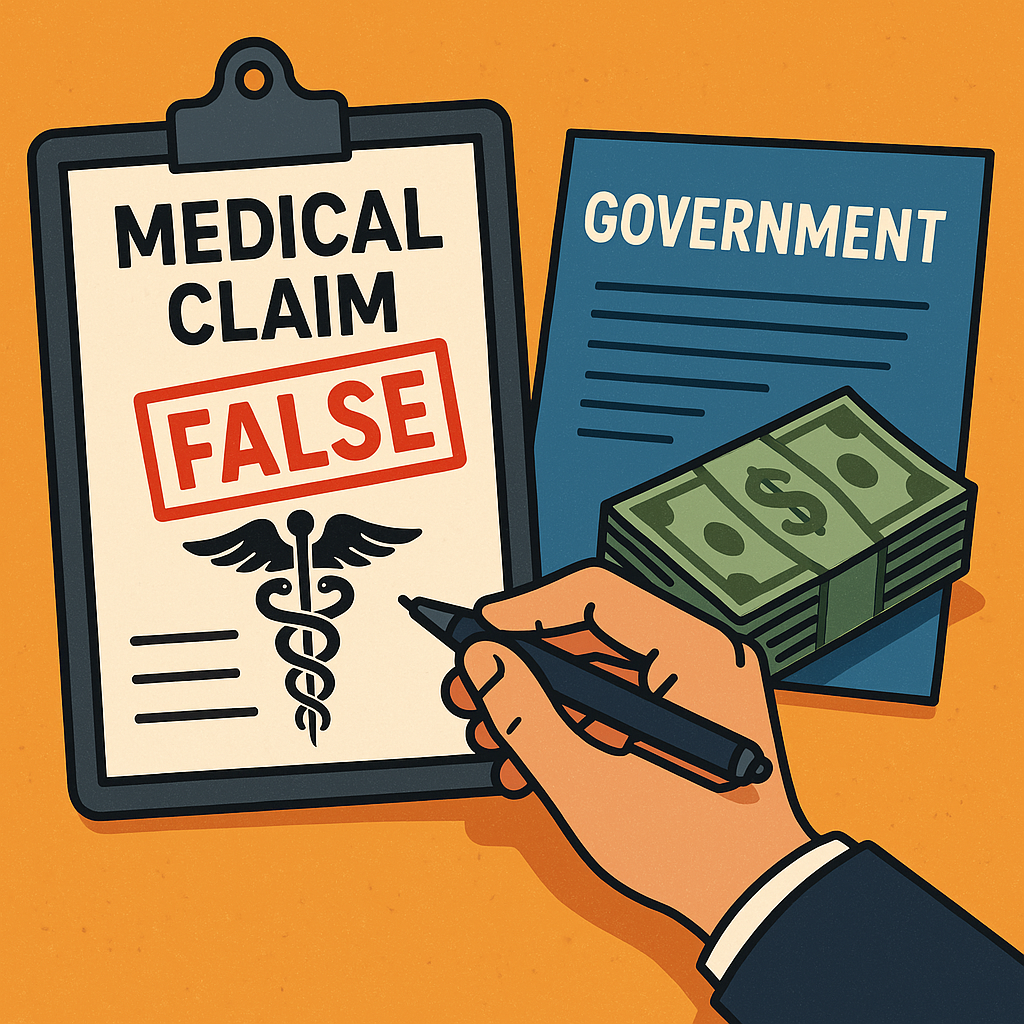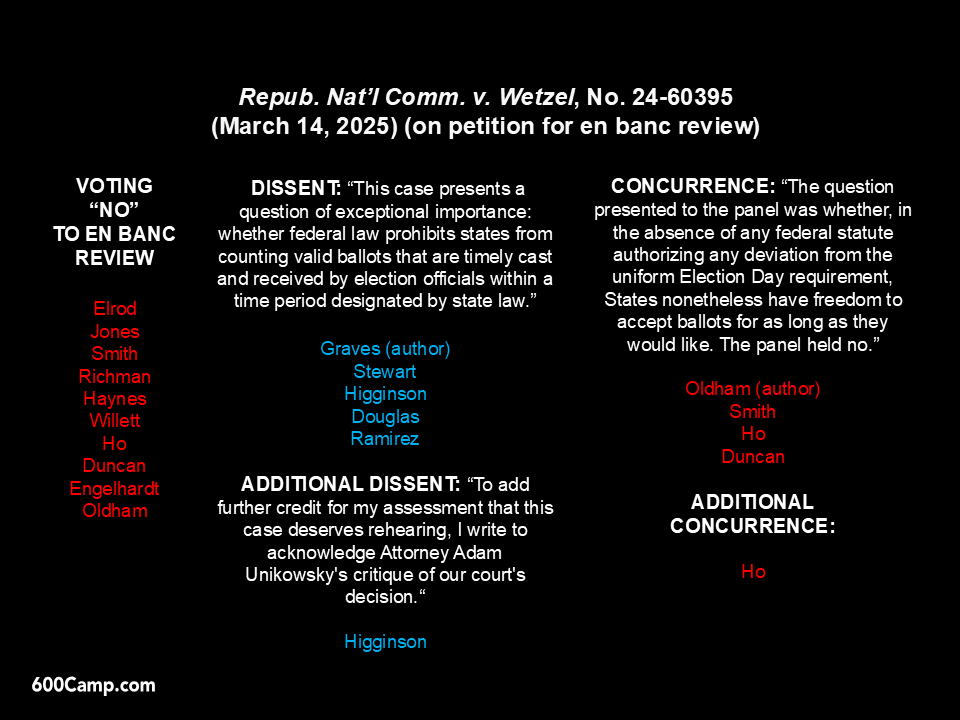 In United States ex rel. Montcrief v. Peripheral Vascular Assocs., P.A.., the Fifth Circuit addressed two sets of claims under the False Claims Act: the “Testing Only” claims and the “Double Billing” claims.
In United States ex rel. Montcrief v. Peripheral Vascular Assocs., P.A.., the Fifth Circuit addressed two sets of claims under the False Claims Act: the “Testing Only” claims and the “Double Billing” claims.
The court affirmed the district court’s grant of partial summary judgment on the Testing Only claims, finding them actionable because the claims were factually false. Specifically, the Court noted that Peripheral Vascular Associates (PVA) billed Medicare for vascular ultrasounds using “global” CPT–4 codes, before the professional component of the ultrasounds was completed. This meant that the services billed were not fully rendered at the time of billing, making the related claims “factually false.”
In contrast, the Court reversed summary judgment on the Double Billing, which involved patients who received visits for other purposes as well as vascular ultrasounds, with the interpretive reports for the ultrasounds sometimes finalized after billing. The Court concluded that the CPT–4 Manual was ambiguous regarding whether separate reports were required in this situation. No. 24-50176, Mar. 28, 2025.



